On June 22, the United States attacked three main nuclear facilities in Iran (Fordow, Natanz, and Isfahan), claiming that these strikes were successful and incapacitated the facilities. Following this attack, Iran fired a new wave of ballistic rockets at Israel while pledging to respond more fiercely to the U.S. attack. The degree of Iranian retaliation will be determined on whether the U.S. was successful in its attempt to completely destroy Iran's nuclear programme.
If Iran managed to move the enriched uranium into new safe places before the attack, or if these materials are being safely stored in the same facilities underground, beyond the reach of the U.S., the Iranian retaliation might be limited. However, if these materials have been destroyed, it is expected that Iran will retaliate strongly, as the U.S. and Israel have crossed the red lines that Iran has already set. In this case, Iran will tend to activate its proxy groups in the Middle East and get them involved.
Previous Military Confrontation with the U.S.
The Houthis have been battling Israel for nearly 18 months, and even after having a ceasefire deal with the U.S. in early May 2025, they have kept targeting Israel with ballistic missiles and drones. While there is no accurate information on the amount ballistic missiles and drones that the Houthis possess, there is a high probability that Iran has equipped the Houthis with thousands of drones and dozens of ballistic missiles that can hit Israel directly. Moreover, the Houthis portrayed themselves as victorious once they concluded a deal with the U.S., as this deal entailed halting attacks on U.S. ships while allowing the Houthis to continue targeting Israel. Additionally, the U.S. failure to destroy the military capabilities of the Houthis, as promised by Trump, increased the Houthi’s confidence in their military strength.
Full Scale War?
If Iran decides to go into a full-scale war against Israel and the U.S., the Houthis will be a core part of their strategy, as they are still capable of targeting U.S. ships in the Red Sea along with other ships heading to Israel. Once the scale of attacks increase most ships that are not affiliated with the U.S. or Israel will opt for other routes because of safety issues, meaning that the Bab al-Mandab Strait might be technically closed. Such an event would affect the global economy to a great extent, especially since the Bab al-Mandab Strait is considered one of the most strategic maritime passages in the world.
Closing the strait or even disrupting maritime traffic for a long period of time would affect international trade, increase shipping costs, delay oil shipments, and cause economic pressure on Europe, Asia, and the Middle East. In this context, the Houthis would serve not only as a military actor but also as a strategic tool in Iran’s hands, enabling it to expand its influence. This gives the Houthis an important place in Iran’s regional strategy, not only because they have the will to fight but also because they still have the capacity to create chaos and damage on multiple fronts.
Houthi-Iranian Coordination
Before launching attacks, it is expected that the Houthi attacks will be coordinated with Iran, as the latter might provide the coordinates of the ships targeted. The Houthis understand that Iran has militarily equipped them to be used against their enemies when needed. Iran has also built its military strategy beyond its borders on proxies, attempting to attack its enemies in their territories, which might limit their military functionality against Iran during wars. Since other proxies, including Hezbollah and the Popular Mobilisation Forces, are not in a good position to be involved in the war against Israel, the Houthis remains the most capable group to be involved in this conflict and cause damage to the U.S. and Israel.
Internal Benefits
The Houthis will try to maximise their benefits internally from this war. They will use their media and political platforms to frame its confrontation with Israel and the U.S. as part of a larger resistance narrative. This narrative has already helped the group mobilise local support and boost its legitimacy internally, especially in the context of a prolonged war and humanitarian crisis in Yemen.
By portraying themselves as defenders of Palestine and opponents of Western imperialism, the Houthi leadership not only strengthens its ideological ties with Iran and Hezbollah but also attempts to gain sympathy across the Arab and Islamic world. This soft power dimension makes the group more resilient in the face of military strikes, as they transform battlefield losses into political gains through narrative warfare.
Furthermore, the longer the group remains engaged in high-profile regional conflicts, the more experience and confidence it gains, both in terms of military tactics and regional diplomacy. Over time, this could allow the Houthis to move from being a local militia to a regional actor with influence that extends beyond Yemen’s borders.
To sum up, the Houthis have become a main tool for Iran in its confrontation with Israel and the U.S., despite a ceasefire with the U.S., they have continued launching attacks on Israel, showing that they still have strong military capabilities.
If the conflict expands, the Houthis could play a bigger role, especially by widening their targeting of ships and affecting global trade through Bab al-Mandab. At the same time, they may use the war to gain more internal support and present themselves as part of the resistance axis.

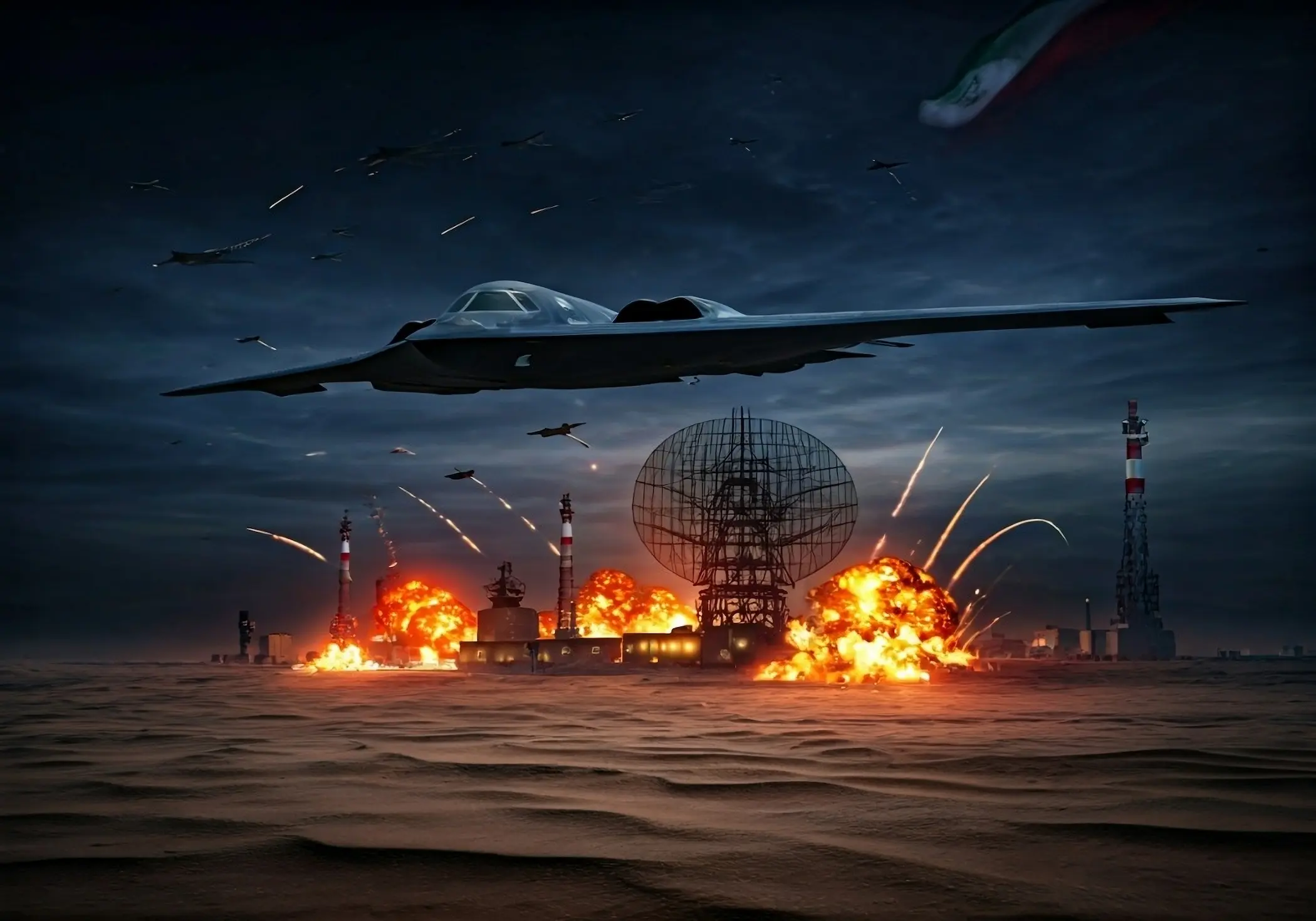
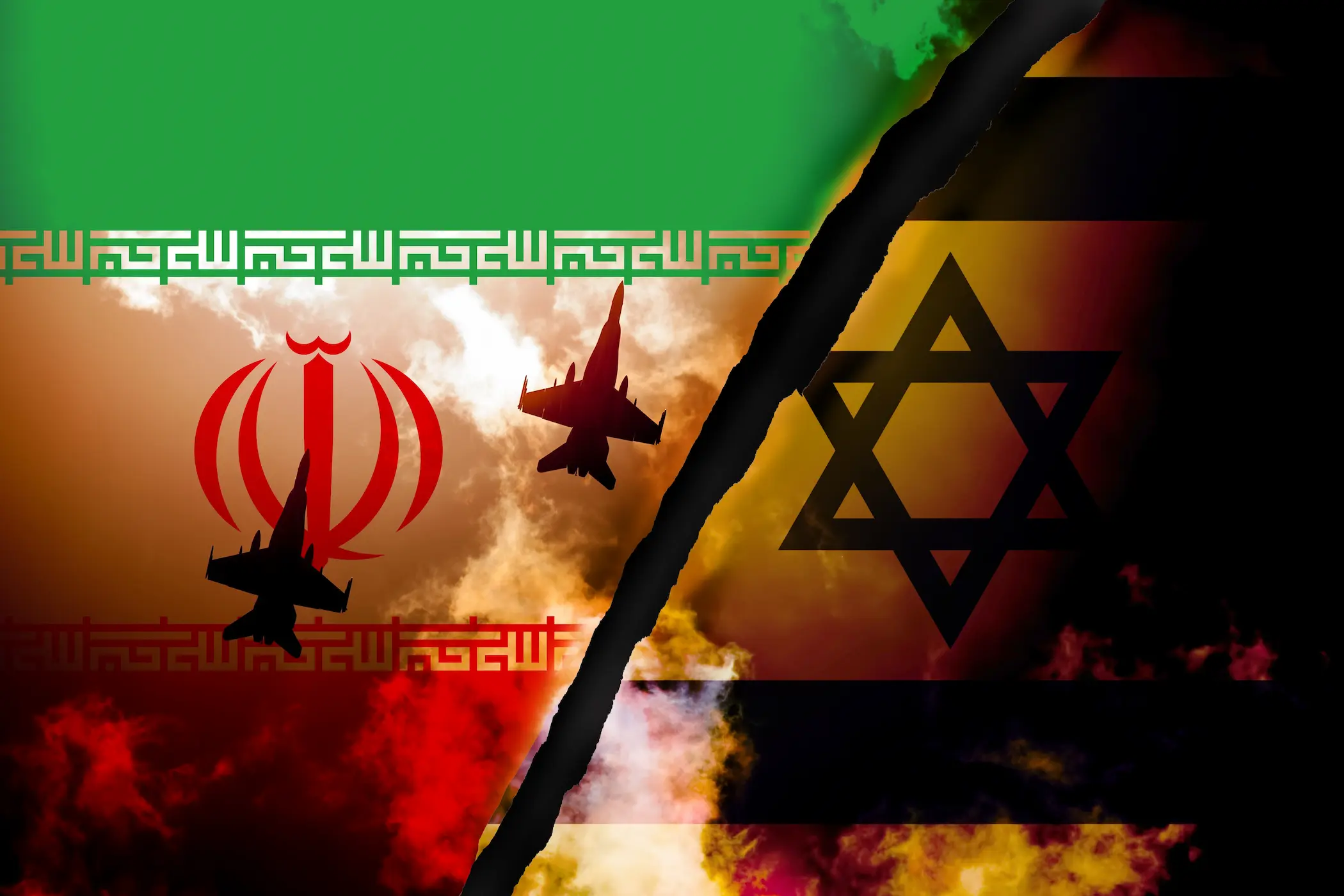
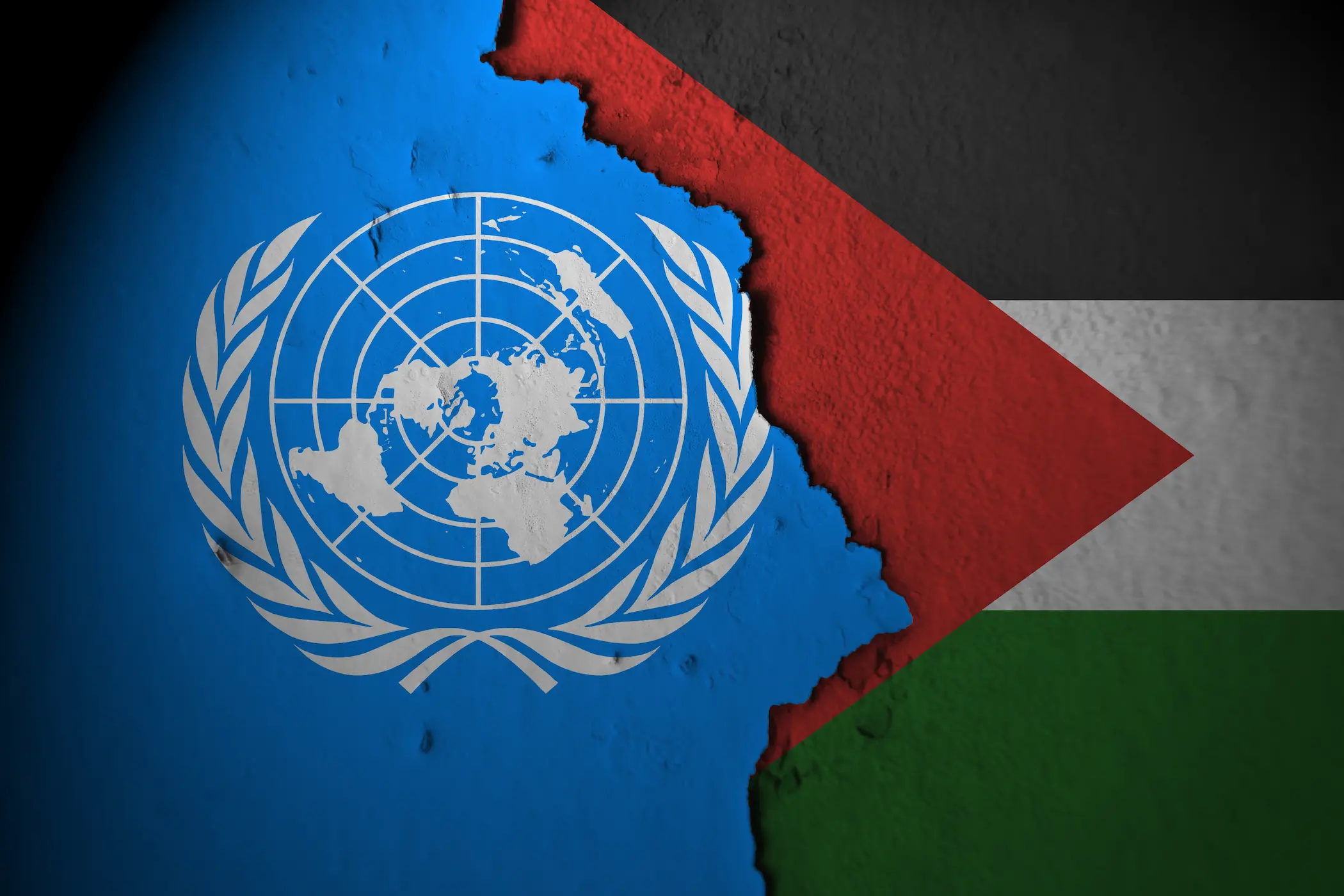
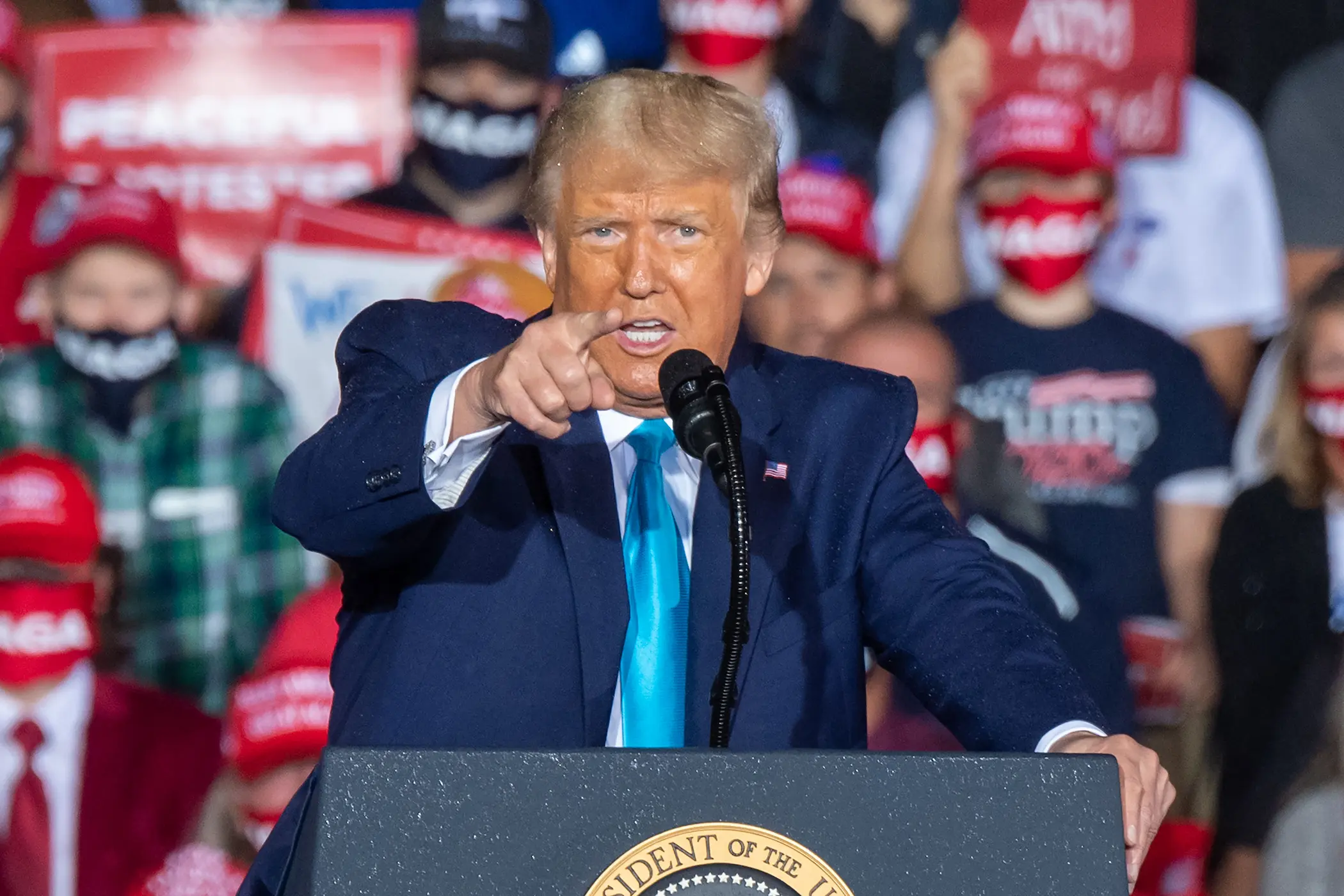
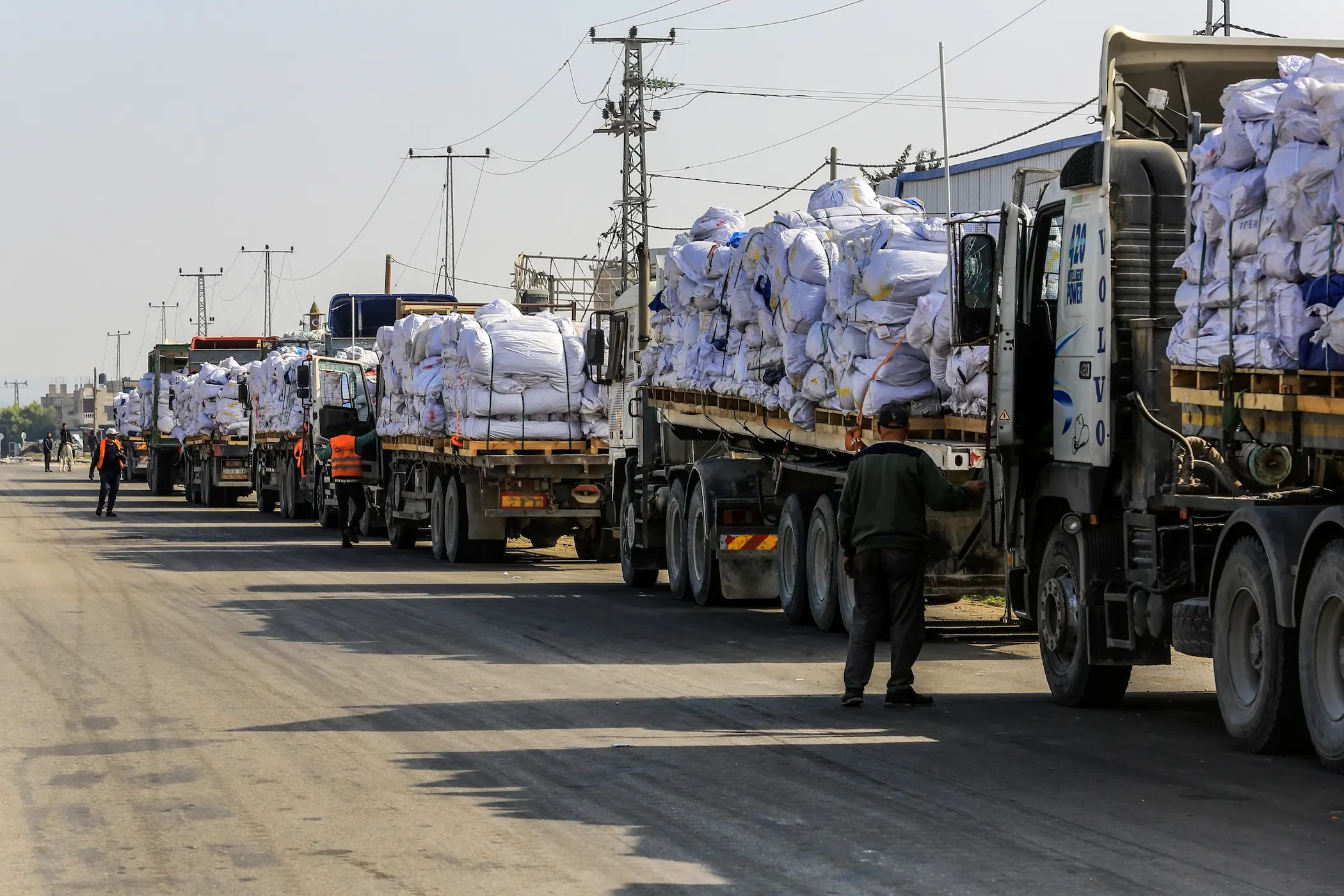
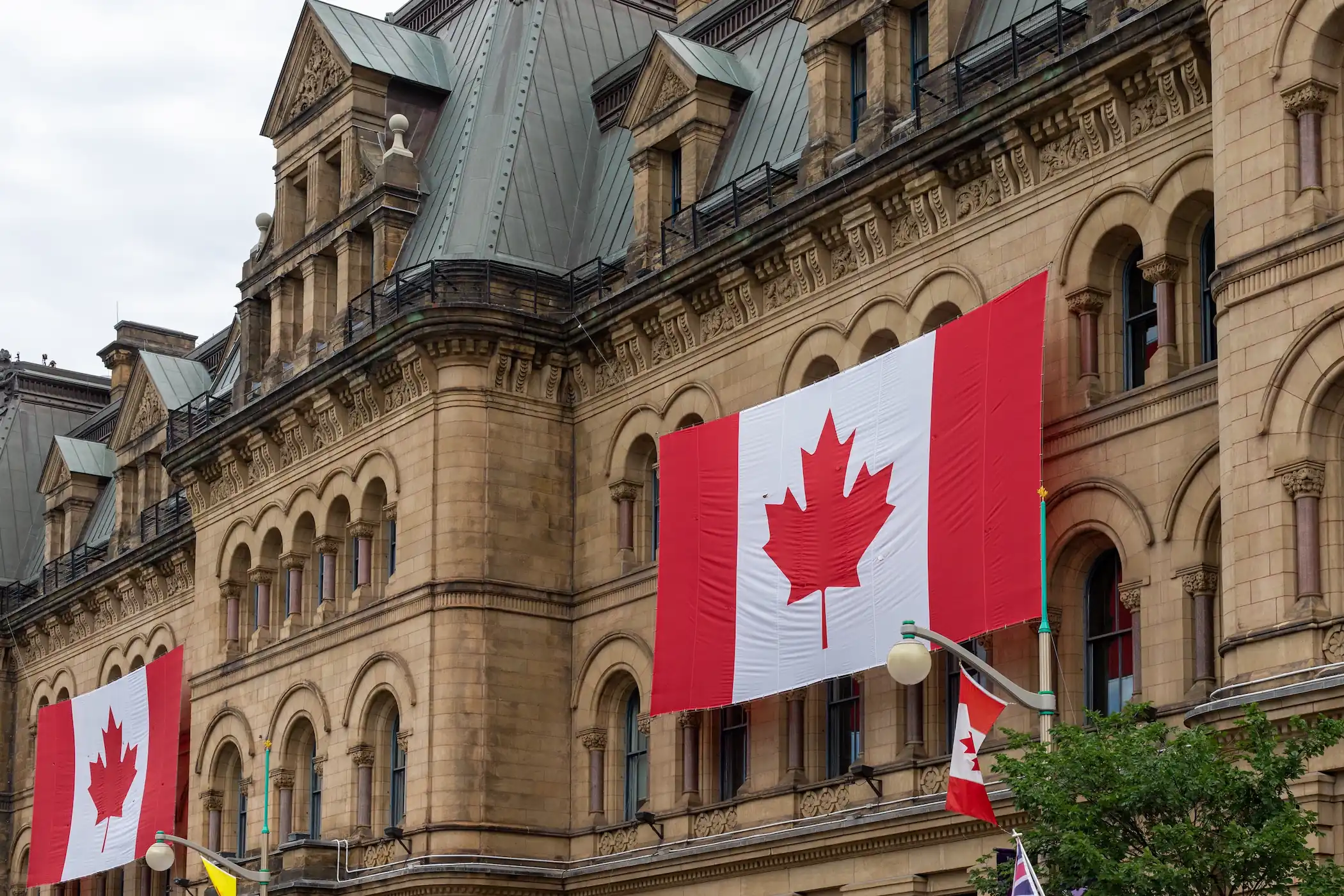





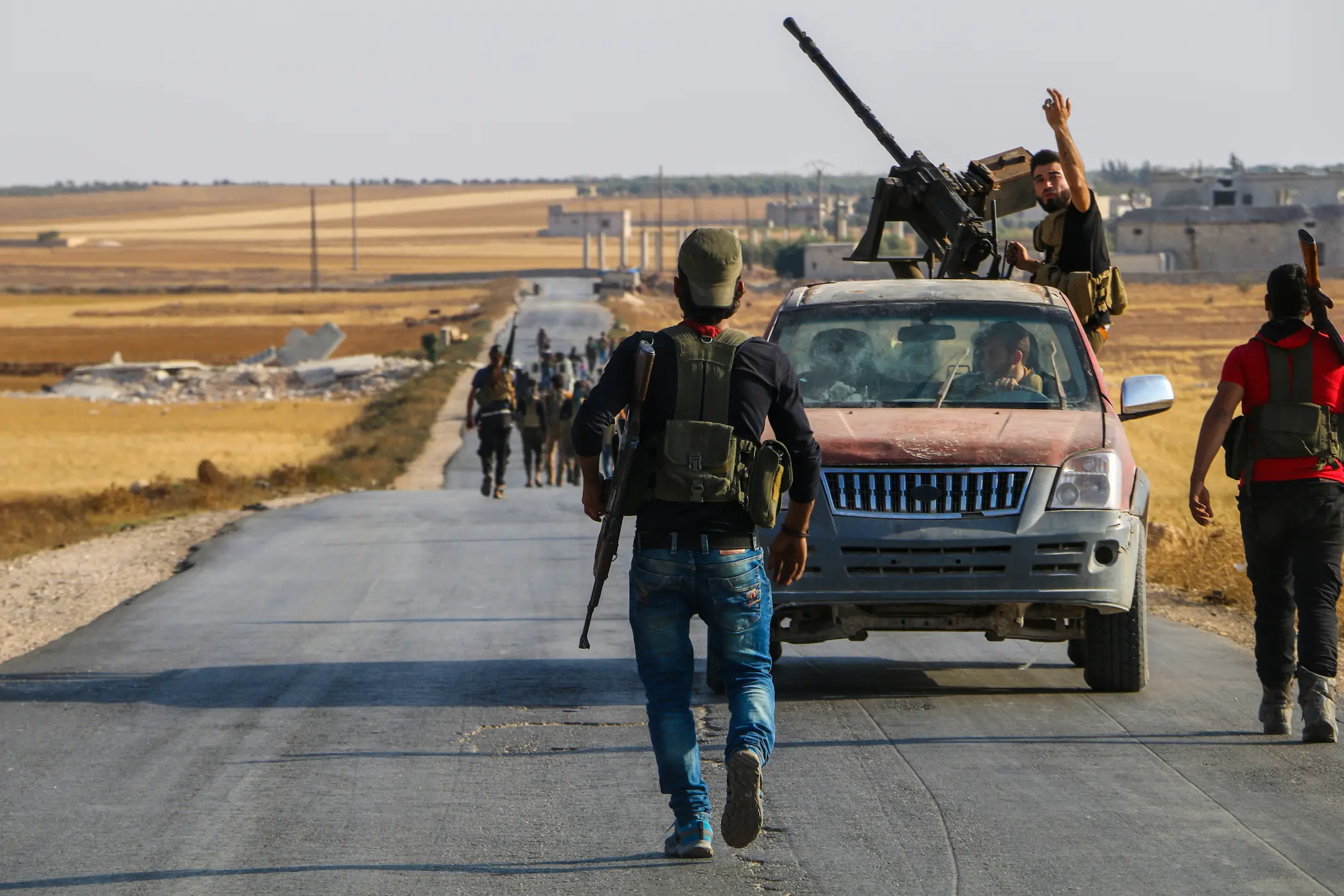









Comments